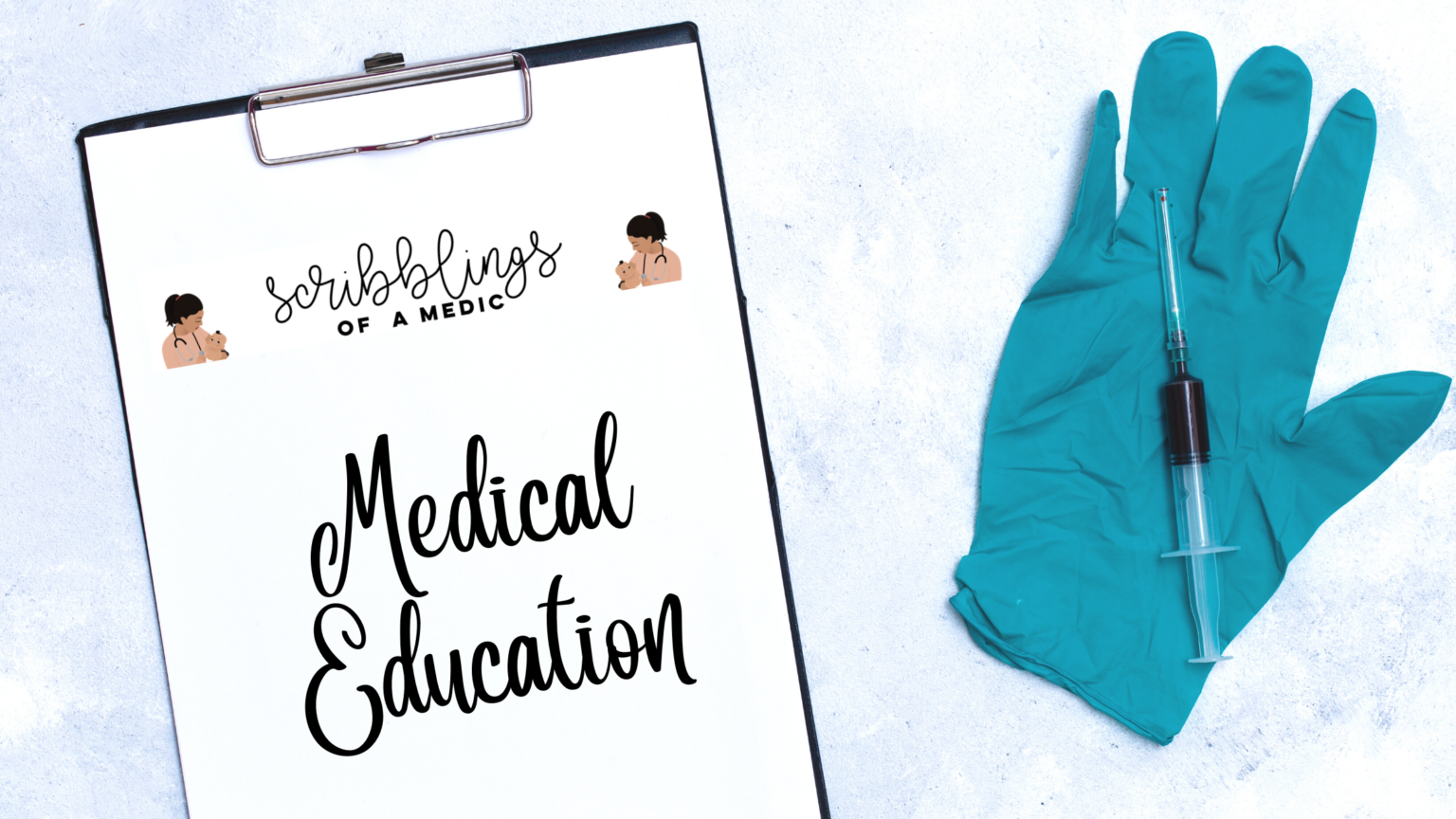Down syndrome is probably one of the most well known congenital genetic syndromes around and occurs relatively frequently at about 1 in every 1000 births. In my year of neonatology, every couple of weeks I would come across a baby with features of Down syndrome. Even though it has a strong correlation with advanced maternal age, I have come across several very young mothers who had children with features of Down syndrome. It isn’t the easiest conversation to have and is best done by a Consultant Paediatrician because a multi-disciplinary approach in management will be required.
Below I’ve concisely discussed the main areas of Down syndrome. Some parts may be too medical for everybody, but there are definitely some tips for medical students/junior doctors when it comes to managing Down syndrome.
Why does Down syndrome occur?
Down syndrome as mentioned above is a genetic disorder that occurs due to trisomy of chromosome 21. There are 3 main ways by which this mutation occurs:
- Non-dysjunction – this is the commonest cause (accounting for more than 90% of cases) and a whole extra copy of the chromosome is present in every cell of the body. This occurs due to failure of the chromosomes to separate during meiosis (at the time of conception). Both parents’ chromosomes are normal.
- Translocation – This occurs in a parent where one part of chromosome 21 is attached to another part of another chromosome (usually chromosome 14). The parent is healthy as they have one normal chromosome 21 and one extra part. If sperm cell or oocyte of a parent contains the chromosome with the extra part, then the offspring can be affected with Down syndrome.
- Mosaicism – In this case, only some of the cells have trisomy 21. The degree of associated conditions in these individuals depends on the number of cells present in the body with the trisomy. Individuals with mosaic down syndrome have less obvious features of Down syndrome and have only a mildly affected IQ.
How do you test for Down syndrome?
Down syndrome can be tested both antenatally and postnatally. In the United Kingdom, regardless of age, all women are offered antenatal screening for Down syndrome.
Antenatal testing
If presenting before 14 weeks, a combined test involving serum screening and an ultrasound scan is carried out. The blood sample is taken between 10 to 14+1 weeks POA and tested for free beta-hCG and PAPP-A (pregnancy-associated plasma protein A). PAPP-A levels are low in on Down syndrome pregnancies whilst Beta-hCG levels are high. Both markers are produced by placental syncytiotrophoblasts. The abdominal ultrasound scan checks for nuchal translucency (the size of the nuchal translucency at the nape of the fetal neck) and is usually performed between 11+2 weeks till 14 weeks.
If presenting after 14+1 weeks (but before 20 weeks) of gestation, nuchal translucency is not accurate. Hence, a quadruple test which screens for 4 serum markers is done – free beta-hCG, inhibin A, unconjugated estriol (uE3) and AFP (alpha fetoprotein). This is not as accurate as the combined test. AFP and uE3 levels are reduced in Down syndrome, whilst inhibin-A levels are raised. AFP is produced by the fetal yolk sac, uE3 by the placenta and fetal adrenals, and inihibin-A by the placenta.
If either of these tests shows a high risk of the fetus having Down syndrome, then a diagnostic test is done. If less than 13 weeks gestation at this point of time, then chorionic villus sampling (CVS) is recommended, whilst if more than 15 weeks, then amniocentesis is done. CVS is done by taking a sample of tissue from the placenta and it carries an excess miscarriage risk of 1-2%. Amniocentesis is when a sample of amniotic fluid is taken and this has an excess miscarriage risk of 0.5-1%.
If a baby with down syndrome is identified antenatally, counselling must be done. In the UK, termination of pregnancy is also offered. Testing is not routinely done in Sri Lanka. Fetal cells in the maternal circulation are currently being evaluated as an antenatal test for down syndrome – this would potentially reduce the need for an invasive diagnostic test.
Postnatal testing
Postnatal karyotype testing is done to identify the chromosome mutation and also in cases where confirmation of the syndrome is made. Certain mutation such as translocations are inherited and there is a risk of another child being born with Down syndrome.
What are the features of Down syndrome babies?
Most of the time, the signs of Down syndrome are very apparent at first glance, but sometimes it may only be obvious on closer inspection – this is why it is important that all newborn babies have a thorough neonatal examination done prior to discharge.
These are the signs to look out for (not an exhaustive list):
- General – Hypotonia (floppy), hyperflexibility
- Head – Brachycephaly (flat occiput/back of the head)
- Face – Upward slanting eyes, broad nasal bridge, low set ears, epicanthal folds (an extra eyelid fold), small occiput (mouth opening), high arched palate and protruding tongue
- Eyes – brushfield spots on the iris
- Hands – single palmar crease, short incurved little finger
- Feet – saddle-shaped gap between 1st and 2nd toe
- CVS – prone to congenital heart disease, i.e. AVSD/VSD so look out for heart murmurs
What other conditions are associated with Down syndrome?
There are a number of conditions associated with Down syndrome and need to be ruled out. If present, certain conditions will need management whilst others would require monitoring.
Again, not an exhaustive list, but these are the common conditions associate in a systematic order:
- CVS – AVSD/VSD, Fallots tetralogy, ASD, PDA
- GI – oesophageal/duodenal atresia, pyloric stenosis, meckel’s diverticulum
- Endocrine – hypothyroidism
- Ortho – Hip dislocation, atlanto-axial instability, scoliosis
- Neuro – Significant developmental delay, Intellectual/learning disability and early-onset Alzheimer’s disease
- Blood – Transient myeloproliferative disorders, Leukaemia (AML, ALL)
- ENT – recurrent otitis media
- Eye – catarracts, strabismus, congenital glaucoma
- Abdomen – Umbilical hernias
How do you manage Down syndrome?
Down syndrome cannot be cured, but as it encompasses a number of possible conditions, it is important that individuals with Down syndrome are checked for the associated conditions and those are effectively managed. Early intervention in the form of speech and language therapy and physiotherapy can greatly help babies with down syndrome to gain momentum with development. The goal is to make them as independent and self sufficient as possible. Now individuals with down syndrome can live up to the age of 50-60 years.
How do you tell a parent that their baby may have Down syndrome?
In general, what my unit of medical officers do if we come across a baby who has features of Down syndrome on the postnatal ward round is to tell the mother that the baby needs to be reviewed in a weeks time by the Consultant Paediatrician at the clinic because there are certain features which need to be reviewed. A problem list documenting all features and associated conditions are also given to the parents – do remember that some babies initially look like Down syndrome, but end up completely normal. General measures to take care of the baby are given and during clinic review, both parents are asked to be present to meet the Consultant Paediatrician. The consultant paediatrician then counsels the parents on the condition and requests karyotyping.
Even though Down syndrome has a strong correlation with increased maternal age, I have come across so many very young mothers in the postnatal ward with newborns with down syndrome. Down syndrome is not an easy diagnosis to deliver and so I urge junior doctors and medical students to really perfect their communication skills to avoid ugly misshaps. I’ve heard the most awful stories on how mothers were told that their child is syndromic and this really must be avoided. If you are not confident in delivering news like this, please inform a senior and ask them to do it. Empathy is key!








